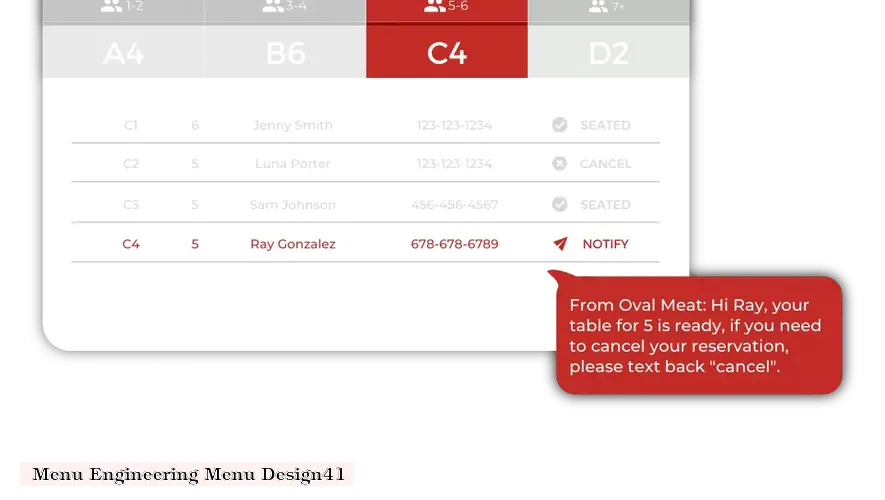

Introduction
Menu engineering is a strategic approach to designing a restaurant menu that maximizes profitability and customer satisfaction. It involves analyzing menu items, pricing, and placement to optimize sales and enhance the dining experience.
Key Principles of Menu Engineering
Steps in Menu Engineering
1. Data Collection and Analysis:
2. Item Classification:
* Stars: High popularity and high profitability
* Plow Horses: High popularity and low profitability
* Puzzles: Low popularity and high profitability
* Dogs: Low popularity and low profitability
3. Menu Placement:
4. Pricing Optimization:
5. Menu Design:
6. Menu Psychology:
* Decoy pricing: Offer a higher-priced item to make a lower-priced item seem more appealing.
* Anchoring: List a high-priced item first to set a reference point for other prices.
* Bundling: Offer combinations of items at a discounted price to increase sales.
Benefits of Menu Engineering
Conclusion
Menu engineering is an essential tool for restaurant businesses to optimize their menus and maximize revenue. By following the principles and steps outlined above, restaurants can create menus that drive sales, enhance the dining experience, and contribute to overall success.
DISCLAIMER: This information is provided for general informational purposes only, and publication does not constitute an endorsement. Kwick365 does not warrant the accuracy or completeness of any information, text, graphics, links, or other items contained within this content. Kwick365 does not guarantee you will achieve any specific results if you follow any advice herein. It may be advisable for you to consult with a professional such as a lawyer, accountant, or business advisor for advice specific to your situation.
today
Copyright © 2025 Kwick365.com
Designed by KwickPOS is the best restaurant POS